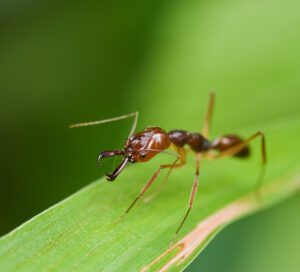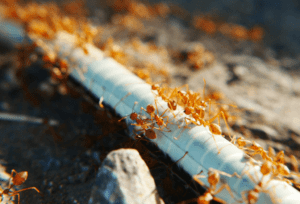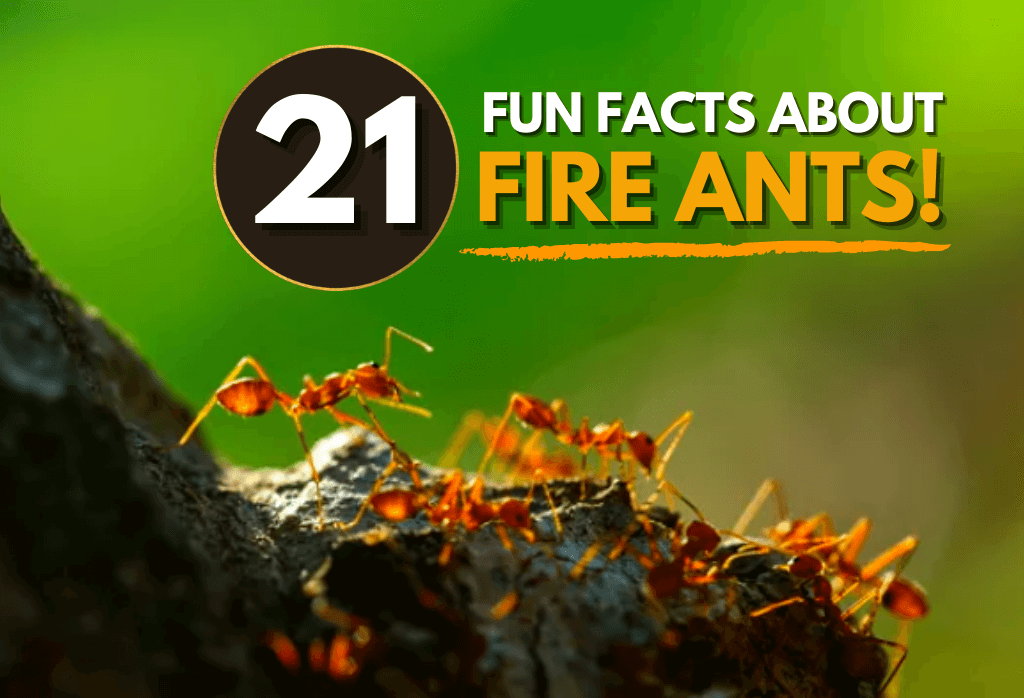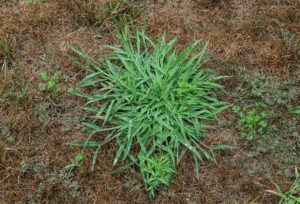21 Fire Ant Fun Facts
We’ve all suffered through the nuisance of everyday ants ruining an outdoor activity. However, dreaded fire ants are far more than merely annoying; when left untreated, fire ants can overrun a property, inflicting painful bites on humans, pets, wildlife, and livestock. Don’t let these vicious pests get the best of your backyard – here are 21 fast facts about fire ants you should know:

- These insects swarm in giant colonies that may house up to 250,000 worker ants, making immediate extermination critical.
- Fire ants build their nests in the ground. However, these nests have visible mounding above the surface, making it easier to identify if you have a bug problem on your property.
- “Fire ant” is a general term used to describe at least 280 different species of Solenopsis bugs.
- The common name “fire ant” stems from two important details about the insect. First, their coloring is red, giving them a fire-like exterior. Secondly, these bugs inflict a painful, burning bite on their victims.
- They are grumpy – fire ants will pretty much attack anything that they feel is intruding on their colony.

- Fire ants are omnivores, meaning they eat everything. They sustain themselves mostly on plants and seeds; however, they will also eat small animals as well.
- Most people will feel moderate to severe discomfort when bitten by these bugs. Some humans are highly allergic to the venom in a fire ant bite, which can prove fatal.
- In some cases, fire ants have attacked specific bugs to extinction. They’ve been known to target a specific bee species, enter its hive, and consume the hive’s food source, ensuring the bees ultimately starve.
- These pests are competitive, pushing other insects out of their territory to maintain dominance in a location.
- These pests are incredibly resilient in even the harshest conditions, making them seem virtually indestructible to homeowners. One example: fire ants connect with each other during a flood, creating a “raft” made up entirely of worker ants so the queen can safely reach a dryer location for the next colony. Seriously.

- They don’t hibernate in the winter, a habit that means most of them will perish once the colder weather arrives.
- Drones die immediately after mating with the queen.
- Fire ants love damp soil to build their nest, making your well-maintained, irrigated lawn top of their breeding ground list.
- They can sometimes practice a polygynous lifestyle where a single colony can have multiple queen ants.
- Generally, a fire ant colony has several distinct members: queen, males, soldiers, and workers. Workers are the smallest in the swarm, and queen ants are the largest.

- Male ants are also referred to as the drones of the colony. The job of the males is to breed with the queen and generate future generations of pests.
- Queen ants live an average of 7 years and can lay as many as 1,600 eggs in just one day. Their prolific breeding makes it imperative to exterminate these pests as soon as you notice them.
- Before breeding, drones have wings. However, after mating, drones expire, and the queen tears their wings from their bodies. Ouch!
- As the name implies, worker ants are the manual laborers of the crew, foraging for food, cleaning the nest, and even caring for the eggs.
- Worker ants range in size from 2mm to 6 mm, can have a multitude of colors, and generally, live from 5.83 to 6.77 years.
- The only known predator of fire ants is the phorid fly. This fly species lays its eggs on the ant’s thorax. The fly larvae eventually push its way into the pest’s head, killing it instantly.
Are you struggling with a fire ant issue? We can help.
Contact Experigreen today to see how we can solve the problem.


Join Our Free Lawn Care Newsletter
Stay Up to Date With The Latest News & Updates
* We don’t share your info with anyone ever.






